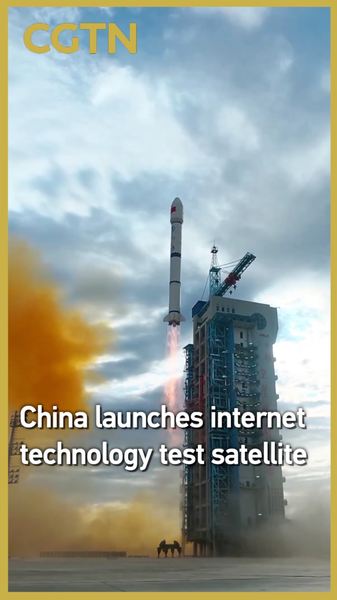In a major step for satellite internet, China on Tuesday launched an experimental satellite from the Jiuquan Satellite Launch Center in northwest China. Carried by a Long March-2C rocket and a Yuanzheng-1S upper stage, the new spacecraft successfully reached its preset orbit, kicking off a series of tests aimed at next-generation connectivity.
The latest satellite is one of a larger constellation developed by commercial operator Galaxy Space. Having already deployed 35 satellites—including China’s first low-Earth orbit broadband network—Galaxy Space is racing to expand its footprint in the global satellite internet market.
What sets this mission apart? The experimental payload will test direct smartphone-to-satellite communication, a technology that could bridge the digital divide by delivering calls, messages, and data to remote areas without traditional infrastructure. With the first space-based computing satellite constellation also underway, these innovations promise to redefine on-the-go connectivity for travelers, digital nomads, and underserved communities worldwide.
Data-driven forecasts suggest the global satellite internet market could surge past $7 billion by 2030, driven by demand for low-latency broadband in emerging markets. As China ramps up its commercial space sector, these launches are more than technological feats—they signal a strategic shift towards a new quality productive force in the digital age.
Next on the agenda: ground trials, performance analysis, and scaling up to full operation. If all goes to plan, consumers might soon send messages from mountain peaks or make calls at sea without a cell tower in sight.
Reference(s):
China launches experimental satellite for internet technology
cgtn.com




